A tutorial electronicsArea explains a transistor based current limiting circuit.
Problem is that I am not able to understand how T1 gets switched on in the fist place. To make T1 on it needs a voltage of 0.7 in its base. But to get that value, current has to flow through Resistor R(which makes the transistor T2 ON). Again for the current to flow through R, T1 has to be switched ON.
Does this circuit really work? Where am I making mistake in the assumption?

